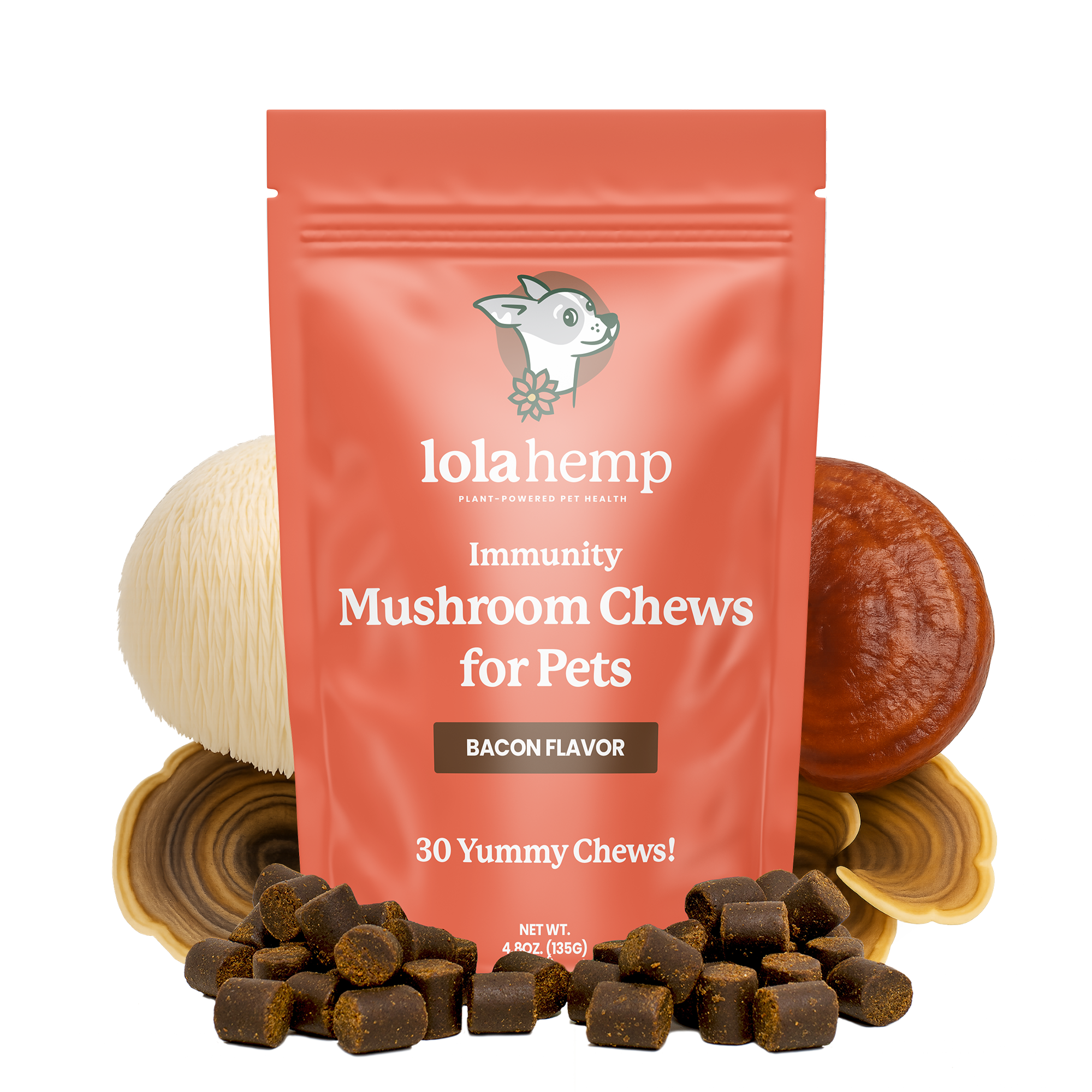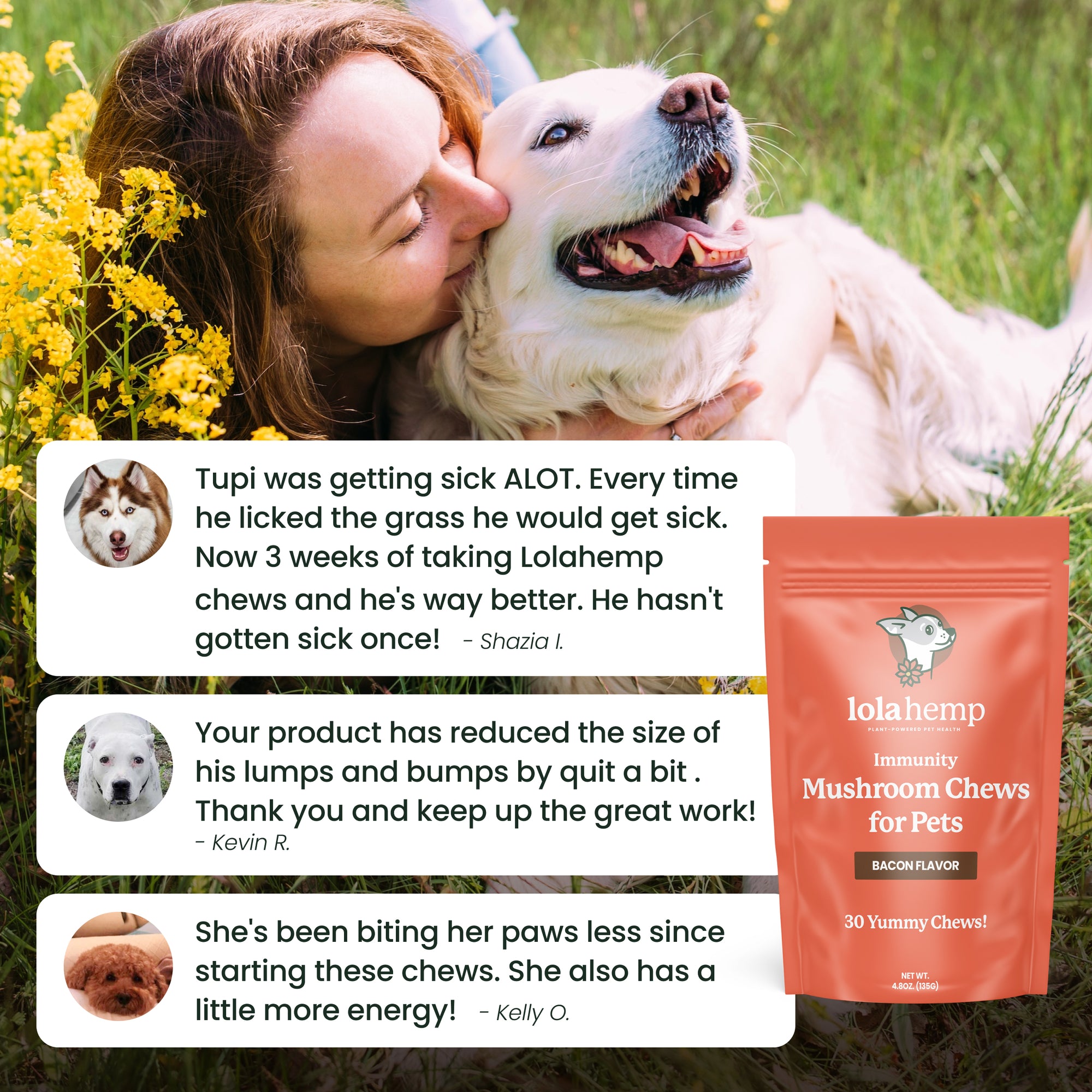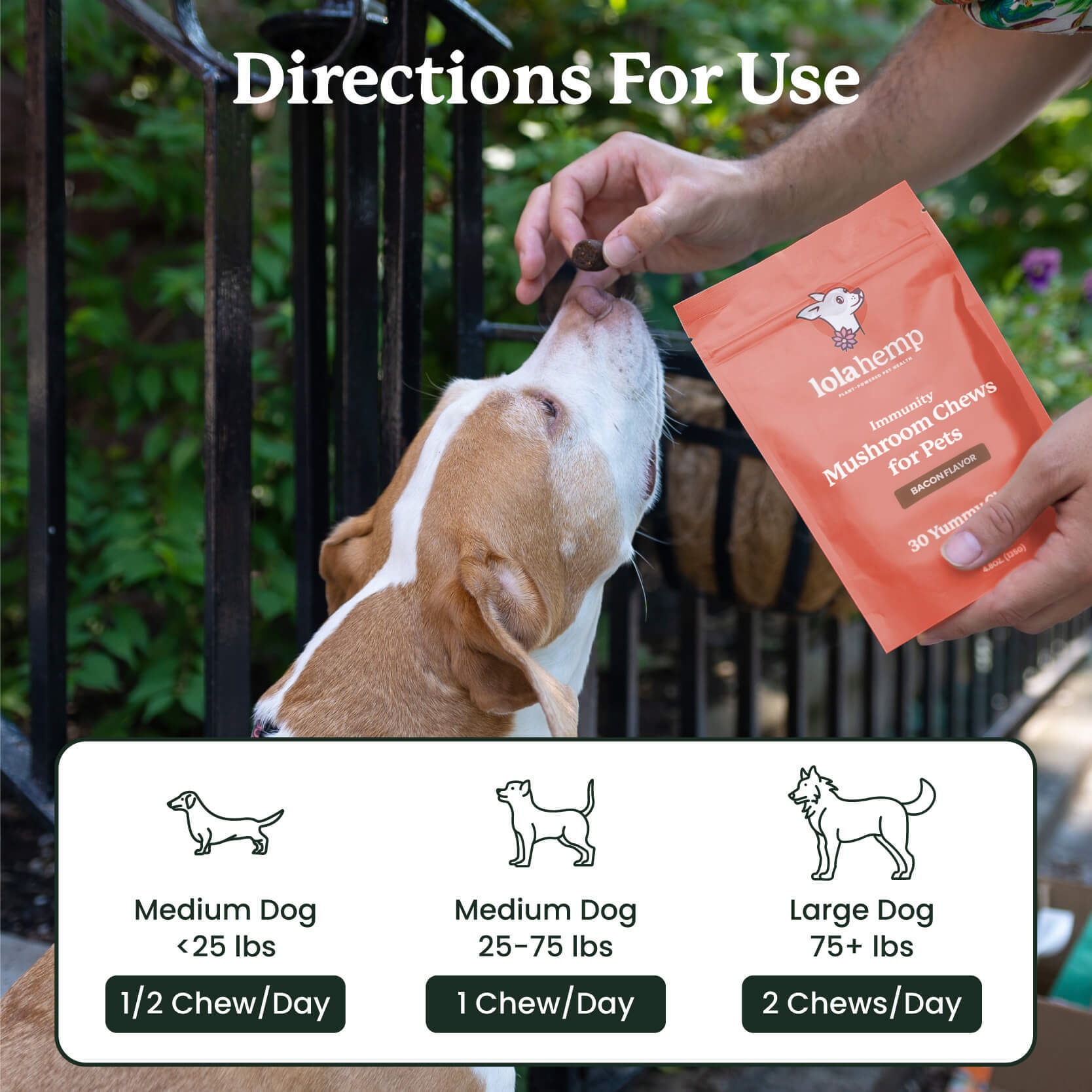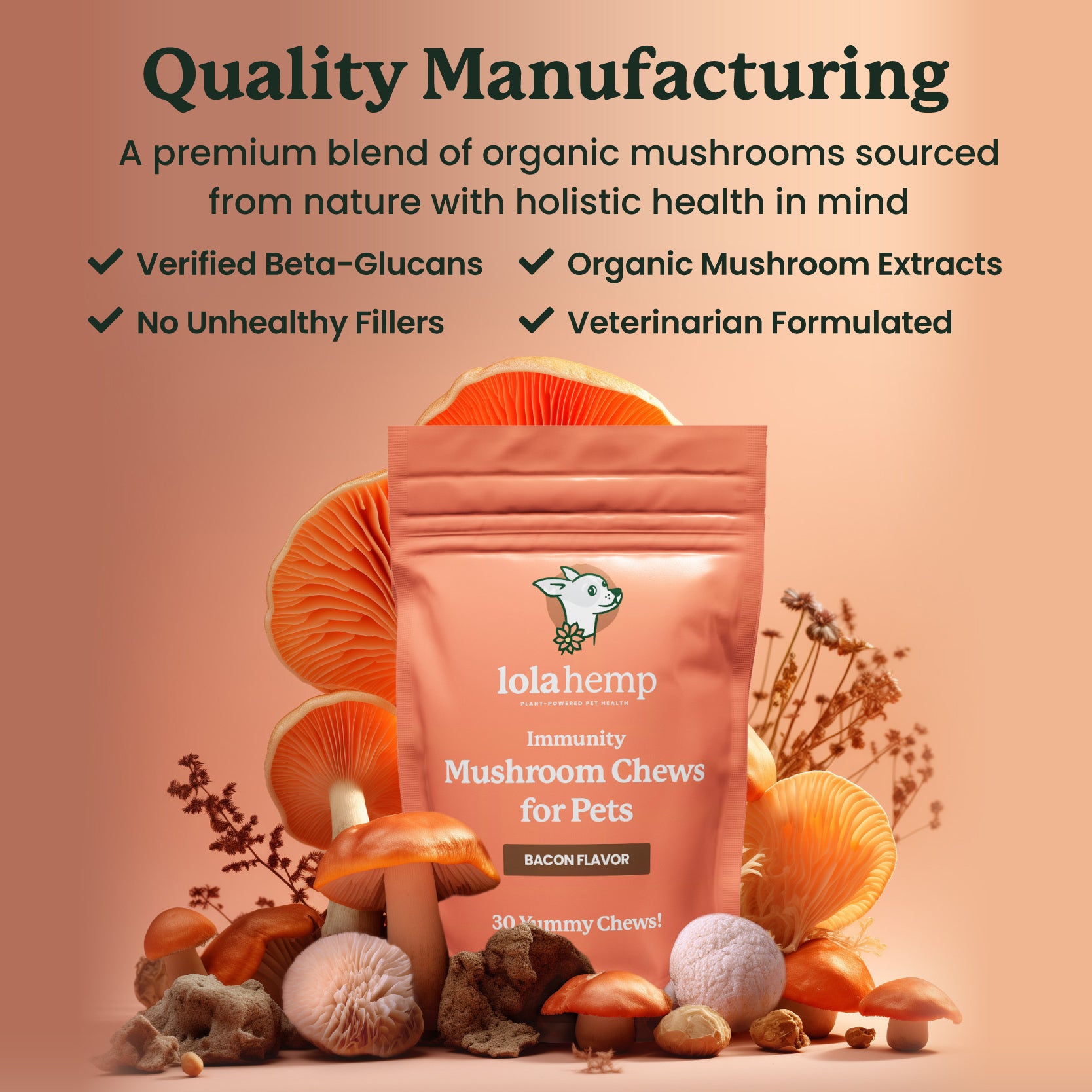Seeing your dog constantly itch and scratch can be stressful. A musty odor from your dog's ears is also an unpleasant surprise when you're cozy on the couch together!
If your dog has red, irritated ears, paws, or other areas of skin, the cause could be yeast. Yeast infections in dogs are common and treatable, but they need attention from your dog's veterinarian.
It's also important to note that addressing your dog's scratching and licking is paramount to effective treatment. As you work to uncover the underlying cause of your dog's yeast infection, make sure you're using methods of itch and lick prevention.
What Is a Yeast Infection in Dogs?
Also called yeast dermatitis, dog yeast infections are an overgrowth of the fungus Malassezia pachydermatis (1). While the word "fungus" might remind you of mushrooms or mold, yeast are tiny fungi, invisible without a microscope. Yeast organisms grow on the skin and ears of healthy dogs, humans, and other animals.
What Causes Dog Yeast Infections?
Their scientific name may be wordy, but Malassezia is usually harmless. Yeast are ordinary residents of your dog's skin, along with other fungi and bacteria.
However, underlying health problems can cause an unusual overgrowth of yeast on the skin. Yeast overgrowth means itchy, painful skin inflammation for your dog. Enzymes released by the yeast can also weaken your dog's skin barrier, causing secondary bacterial infections.
Importantly, yeast infections are not contagious. Your dog did not catch the disease from another dog. There's also no evidence that antibiotics, oatmeal shampoos, or dietary sugars cause yeast overgrowth.
Underlying conditions that can cause yeast infections are:
- A suppressed immune system. Usually, your dog's immune system prevents yeast from growing too rapidly. If the immune system is compromised, yeast infections become more likely. Some dogs have immune deficiencies from birth. Contagious viruses that cause parvo and distemper also kill protective immune cells.
- Increased oil production. Oily skin creates the perfect environment for yeast overgrowth. Dogs with food or environmental allergies are more likely to develop yeast infections. A disease called seborrhea can also cause oily skin.
- Certain medications. Some drugs, like corticosteroids (steroids), suppress your dog's immune system as a side effect. While these therapies are necessary to treat a disease, they can make your dog's skin vulnerable to yeast infections. Your veterinarian will prescribe the lowest possible dose of steroids to reduce the chance of side effects.
- Genetics. It's unlucky, but some dog breeds are naturally at higher risk of developing yeast infections. These breeds include West Highland White Terriers, Boxers, Shih Tzus, American Cocker Spaniels, Basset Hounds, English Setters, Australian Silky Terriers, and Poodles.

Symptoms of Yeast Infections in Dogs
Your dog's yeast infection symptoms will depend on how severe the overgrowth is and which body part is affected. The most common signs of yeast infections in dogs are:
- Moderate to severe itching
- Licking the affected area
- Skin redness and irritation
- A musty, sweet smell in the ears
- Greasy skin or fur
- Loss of hair
- Recurrent ear infections
- Darker patches of skin (hyperpigmentation)
- Thickened patches of skin (epidermal thickening or "elephant skin")
Since yeast are everyday residents on your dog's skin, yeast overgrowth can occur anywhere. Common locations for yeast infections in dogs are:
- Ears. Your dog's ears are easy targets for yeast infections. Overgrowth is more likely in any area with reduced airflow. Check your dog's ears regularly, especially if their ears are dangling or floppy. Signs of an ear yeast infection include head rubbing, a musty or sweet odor, redness, and brown discharge. Ear mites in dogs are distinct from yeast infections and require different treatments.
- Face. Dog breeds with "wrinkly" skin, including "smushed-nose" breeds like Bulldogs, tend to get yeast infections more often. Closely monitor folded skin for redness, irritation, and greasy or flaky spots. Dogs with face infections tend to rub their heads on the ground.
- Paws. Your dog's feet will be irritated, red, and itchy if a yeast infection has developed there. Yeast usually set up shop in the areas between the paw pads. You may notice your dog licking or chewing their paws often.
- Belly. While yeast infections can happen anywhere, the sensitive skin on your dog's stomach is more prone to overgrowth.

How are Yeast Infections in Dogs Treated?
Fortunately, there are multiple ways to treat yeast infections in dogs. The goal of treatment is to reduce the number of yeast organisms. Doing so requires controlling underlying diseases that make yeast overgrowth more likely.
Your veterinarian can determine which yeast infection treatment is appropriate. They'll base their recommendation on symptom severity, affected body part, and other factors. The main categories of treatment for dog yeast infections are:
- Topical ointment. Your vet will likely prescribe an ointment, lotion, or cream if a small part of your dog's body is affected. It's crucial to apply topical treatments regularly; otherwise, yeast will grow back.
- Medicated shampoo. Suppose your dog's yeast infection is more severe or a larger body area is affected. In that case, your veterinarian may recommend a medicated shampoo. These products contain benzoyl peroxide and selenium sulfide, as well as anti-fungals like ketoconazole. Your dog may need multiple medicated baths per week.
- Oral medications. Dogs with severe, widespread, or chronic infections need anti-fungal pills. These medications reach deeper layers of skin than ointments. If your dog has developed a bacterial skin infection (called pyoderma), they will also need antibiotics.
What about popular home remedies for yeast infections in dogs, like coconut oil, oregano oil, probiotics, fermented food, or yogurt? Unfortunately, no studies have indicated that these treatments are effective for yeast overgrowth. Dog foods that claim to be "yeast-free" or "anti-yeast" have not been shown to help either.
Home remedies may not hurt, but each dog's case is unique. Apple cider vinegar for dog yeast infections is an example: the acidic pH of vinegar discourages yeast growth. But, if your dog has already itched their ear raw, applying vinegar will be painful and further damage their skin (2).
Frequently Asked Questions about Yeast Infections in Dogs
Are Yeast Infections in Dogs Contagious?
No, yeast infections in dogs are not contagious to other dogs, humans, or pets. They are typically caused by an overgrowth of Malassezia yeast, which naturally lives on a dog's skin. Factors like allergies, weakened immune systems, or excessive moisture can trigger an infection, but it does not spread through direct contact. However, underlying conditions that contribute to yeast infections (such as allergies) may be common among dogs in the same environment.
Can a Dog Get a Yeast Infection from Antibiotics?
Yes, dogs can develop yeast infections after taking antibiotics. Antibiotics kill both harmful and beneficial bacteria, disrupting the natural balance of the skin and gut microbiome. This can allow Malassezia yeast, which naturally exists on a dog's skin, to overgrow and cause an infection. If your dog develops a yeast infection after antibiotics, probiotics and antifungal treatments may help restore balance.
Can Certain Dog Chews Help Manage Yeast Infections?
Yes, certain dog chews, especially those containing beneficial ingredients like a mushroom complex, may help support dogs with yeast infections. Mushrooms such as reishi, turkey tail, and shiitake have natural antifungal and immune-boosting properties, which can help manage yeast overgrowth. A high-quality mushroom complex chew can support immune function and promote a balanced microbiome, potentially reducing the risk of recurring yeast infections in dogs.
Can Apple Cider Vinegar Help Dog Yeast Infections?
Apple cider vinegar (ACV) is often used as a natural remedy to help manage yeast infections in dogs. Its antifungal properties may help create an environment that discourages yeast overgrowth, especially when used topically in a diluted form. However, ACV should not be applied to broken or irritated skin, as it can cause discomfort. Adding a small, vet-approved amount to a dog’s diet may also help support gut health, but it’s important to consult a veterinarian before using ACV as a treatment.










Comment
The timing of this article was perfect. My adopted special bred dog started with a funky smell. Then noticed a overgrowth of yellowish “ear wax” with a smell. Now its paws. She chews constantly despite salves, hot spot meds. She is diagnosed environmental allergies 6 mos ago & takes Apoquel. I DISLIKE it- it makes her lethargic. To the vet! Again. Thanks